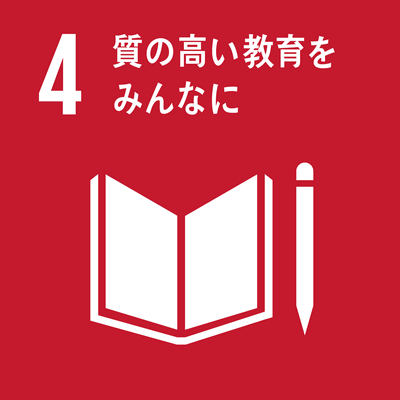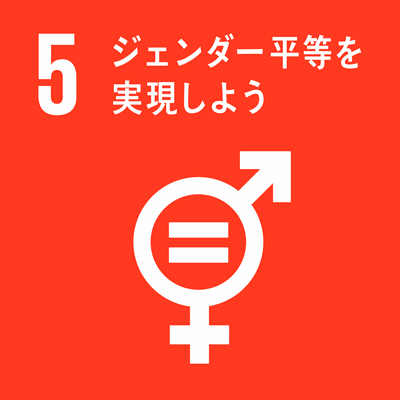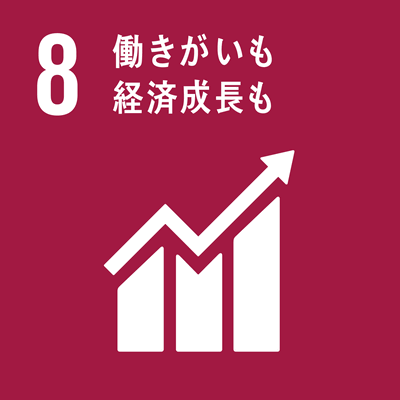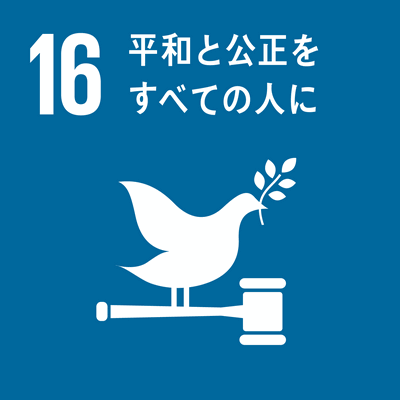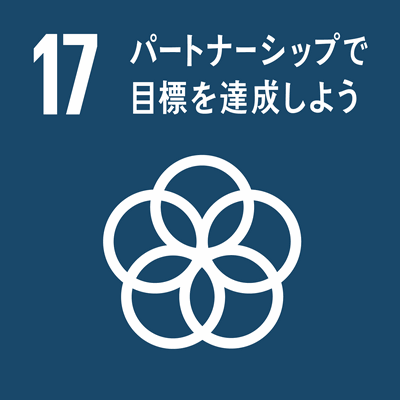シラバス表示
シラバスの詳細な内容を表示します。
→ 閉じる(シラバスの一覧にもどる)
科目の基本情報
| 開講年度 | 2024 年度 | |
|---|---|---|
| 開講区分 | 国際交流センター(国際キャリアアップコース) | |
| 受講対象学生 |
学部(学士課程) : 1年次, 2年次, 3年次, 4年次, 5年次, 6年次 大学院(修士課程・博士前期課程・専門職学位課程) : 1年次, 2年次 大学院(博士課程・博士後期課程) : 1年次, 2年次, 3年次, 4年次 |
|
| 選択・必修 | ||
| 授業科目名 | 近代日本文化史A | |
| きんだいにほんぶんかしえー | ||
| History of Modern Japanese Culture A | ||
| 単位数 | ※ 単位 | |
| ナンバリングコード | ||
| 開講学期 |
前期 |
|
| 開講時間 |
水曜日 3, 4時限 |
|
| 授業形態 |
対面授業 * 状況により変更される可能性があるので定期的に確認して下さい
「オンライン授業」・・・オンライン会議ツール等を利用して実施する同時双方向型の授業 |
|
| 開講場所 | 国際交流センター 演習室3・4(総合研究棟Ⅱ2階) | |
| 担当教員 | ロベル・アダム・ザッカリー(非常勤講師) | |
| Lobel, Adam, Zachary | ||
| SDGsの目標 |
|
|
| 連絡事項 | * 状況により変更される可能性があるので定期的に確認して下さい |
|
学修の目的と方法
| 授業の概要 | The course will introduce students to the cultural highlights and historical changes in Japanese culture and society from the Meiji Restoration through to the present day. |
|---|---|
| 学修の目的 | The aim is for us to deepen our understanding of Japanese culture by exploring historical events, as well as the international and environmental contexts of this period. We will grasp the main events, communities, and thought patterns of Japanese Modern History and engage in discussions about their national and international significance. |
| 学修の到達目標 | The main goal is for us to learn about Japanese Modern History and Culture, understand the key cultural and historical events of this period within the broader context of the world, elaborate on different perspectives of this era, develop critical thinking, and exchange diverse interpretations of historical events. |
| ディプロマ・ポリシー |
|
| 成績評価方法と基準 | Will be announced in the first class. |
| 授業の方法 | 講義 演習 |
| 授業の特徴 |
問題自己設定型PBL プレゼンテーション/ディベートを取り入れた授業 グループ学習の要素を加えた授業 地域理解・地域交流の要素を加えた授業 教員と学生、学生相互のやり取りが、ほぼ英語で進められる授業 |
| 授業アンケート結果を受けての改善点 | |
| 教科書 | Materials will be indicated or provided by the instructor in due time. |
| 参考書 | ・Dower, John W. "Black Ships & Samurai". MIT Visualizing Cultures, 2008. PDF. https://visualizingcultures.mit.edu/black_ships_and_samurai/pdf/bss_essay.pdf ・ The Japanese Experience. A Short History of Japan (History of Civilisation), W. G. Beasley – University of California Press (1999) ・ Japan’s competing modernities: issues in culture and democracy,1900–1930, ed. Sharon A. Minichiello – University of Hawai‘i Press (1998) ・ Understanding Japan. A Cultural History, Mark J. Ravina – The Teaching Company (2015) ・ Sources of Japanese tradition. Volume two, 1600-2000, Tiedemann, Arthur E.; De Bary, Wm. Theodore; Gluck, Carol – Columbia University Press (2005) |
| オフィスアワー | Wednesdays after class. Anytime via email. |
| 受講要件 | This class, conducted in English and utilizing English-language materials, will also incorporate film and music to enrich our curriculum, offering a dynamic and inclusive learning atmosphere. Reading, writing, and speaking in English remain core requirements, yet these diverse media will deepen our understanding. While a TOEIC score of 600 or equivalent is helpful, enthusiasm and a commitment to growth are most valued! |
| 予め履修が望ましい科目 | |
| 発展科目 | |
| その他 |
This class is conducted in English. このクラスは英語で実施されます。 |
授業計画
| MoodleのコースURL |
|---|
| キーワード | 日本近代史、日本近代芸術文化、世界史、文化動向 |
|---|---|
| Key Word(s) | Japanese Modern History, Japanese Modern Culture, World history, Cultural Trends |
| 学修内容 | Class 1 Exploring the Cultural Narrative of Japan: An Introduction Class 2 Japan Opens to the World - 19th Century Japan Class 3 The Meiji Metamorphosis: State Shinto and the Remaking of Society Class 4 Foundations of Modern Japan: The Meiji Constitution and the Hibiya Riots' Unrest Class 5 Crafting the Nation: Terakoya, Modern Education, and “Japanese” Identity Class 6 Literature and Mass Media Class 7 Meiji Female Poetry Class 8 Western Eyes: Interpreting Japan from Lafcadio Hearn to Modern Observers Class 9 New Buddhism and the Spread of Zen in the West Class 10 Taisho: Rising Democracy, Ryukoka, and Jazz! Class 11 Proletarian Novel: Takiji Kobayashi’s Kanikosen (1929) Class 12 Minakata Kumagusu: Bridging Nature and Culture Amidst Global Turmoil Class 13 Imperial Ambitions, Environmental Challenges & the Roots of Modern Culture Class 14 Showa to Heisei: Economic Boom, Pollution, Lost Decades & Culture Shifts Class 15 Heisei to Reiwa: Growing Soft Power and Emerging Horizons |
| 事前・事後学修の内容 | Prior to the following week’s class, students will be assigned various prep work assignments, including reading of articles. It is expected that students will spend from 1 to 3 hours per week on these prep work assignments. Additional study time may be required depending on the student’s language capabilities. |
| 事前学修の時間:120分/回 事後学修の時間:120分/回 |
